LIGHTHOUSE MALEAS |
||||
 |
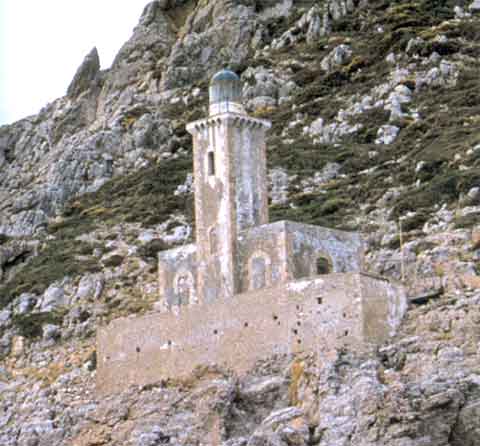 |
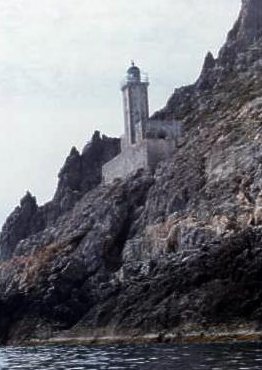 |
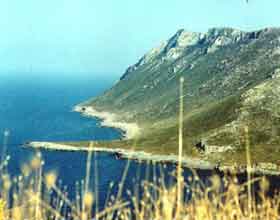 |
Nearest Town : Velanidia The majestic square tower connected to a single story dwelling, seems to grow from the rocks beneath it. It sits on a steep gray rock face at Cape Maleas on the southeastern tip of the peninsula of the same name. Cape Maleas (Greek: Ακρωτήριον Μαλέας, colloquially "Καβομαλιάς", Cavomalias) is a peninsula and cape in the southeast of the Peloponnese in Greece. To distinguish it from the cape, the peninsula is sometimes referred to as "Epidavros Limira" peninsula, after the most prominent ancient city located on it. It separates the Laconian Gulf in the west from the Aegean Sea in the east. It is the second most southerly point of mainland Greece (after Cape Matapan) and once featured one of the largest light-houses in the Mediterranean. The seas around the cape are notoriously treacherous and difficult to navigate, featuring variable weather and occasionally very powerful storms. In ancient times it was a busy shipping lane, and one of the major routes for crossing the northeast Mediterranean to the west. The difficult weather of the cape was notorious at the time as well, most famously as recounted in the Odyssey. Homer describes how Odysseus on his return home to Ithaca rounds Cape Maleas only to be blown off course, resulting in his being lost for up to 10 years by some people's reckoning. The Cape's importance declined with the opening of the Corinth Canal, which allowed ships to bypass the Peloponnese rather than circumnavigating it. However, it still has significant amounts of sea traffic as the Corinth Canal can only accommodate ships less than 21m in length. In World War II, the German occupying forces began construction of a military tower for defense and surveillance of the major shipping lane. The construction was halted with the end of occupation in 1944. Cape Maleas is in the prefecture of Laconia. The municipality of Vatika (Greek: Βάτικα) is located in the southern extremity of the peninsula, with Neapoli, the largest town on the peninsula, as its seat. On the west of the peninsula lies the island of Elafonissos, known for its long, light-coloured sandy beaches. The lighthouse quides shipping through the Elafonisos Strait and marks a critical turn into and out of the Myrtoo Sea. It once had a first order lens, but now operates with a solar powered beacon with a range of 17 miles (27,4 kilometers). This site is mentioned in many books old and new. The ancient Greek writer Stravon wrote of the place's dangers: " If you decide to cross Maleas, forget that you have a family". The "1900 Handbook for Travelers in Greece" noted: "Near a lighthouse on the point is a rock hewn cell inhabited by a hermit". A Mycenean city is thought to have existed here about 3.400 years ago. The rocky promontory was feared by navigators in the age of sail due to its fierce and fickle winds and currents, and horrendous storms. Sailors believed an evil being resided here, waiting to attack ships and sink them. The ships of Menelaus and Ajax were nearly destroyed off the cape and a Malean storm blew Odysseus off course. Ancient seafarers made offerings to Poseidon at the cape and called it the "Small Holy Mountain". Even so, the bones of shipwrecks are piled high at the foot of Cape Maleas. The lighthouse is not open to the public but it is accessible by a 5 mile (about 8 kilometers) well worn trail from Velanidia, a small village tucked in a gorge on the slopes of Mt. Krithina.
The Aikaterini Laskaridi Foundation’s dedication to cultural and Maritime pursuits has always led to an approach of our cultural and marine heritage as a living organism, its preservation being vital towards our evolution and one of the Foundation’s basic purposes. In April 2008, the Foundation’s Board of Directors decided to sponsor the complete renovation and restoration of the lighthouse of Cape Tenaron, owned and operated by the Hellenic Navy. That was the first step of a wider undertaking for the advancement of Greece’s stone lighthouses. The restoration and resurgence of a major monument of our broad cultural tradition is a milestone contribution from the Foundation to Greek Maritime Tradition.
The historic, stone-built Lighthouse of Maleas has stood on the southern end of Peloponnesus, in the Cape of Maleas, since 1883. Its name is closely connected to danger, as traversing Maleas was long regarded as a nightmare by seafarers. |
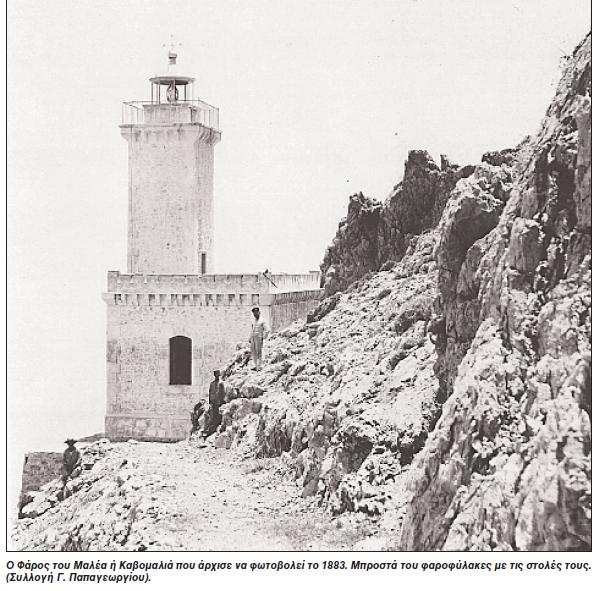
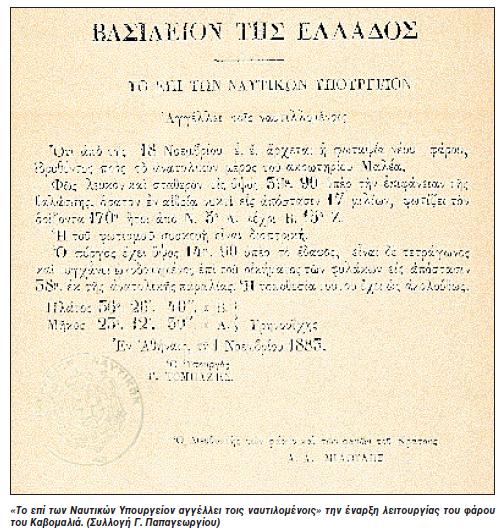
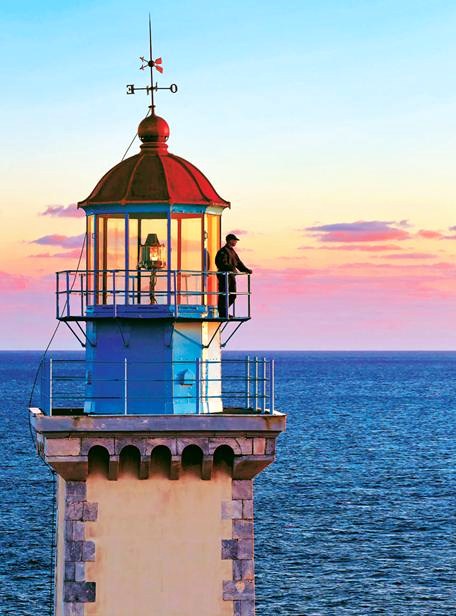 |
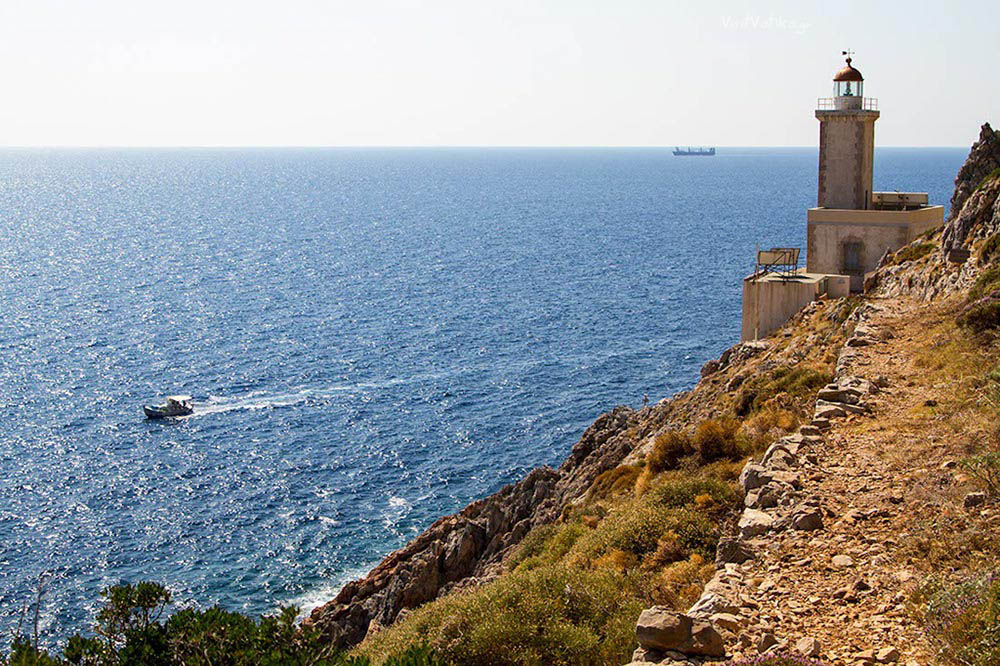
|
|
Copyright © 2000-2017 | All rights reserved | Disclaimer |  |